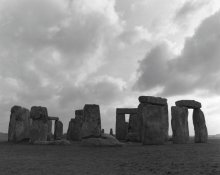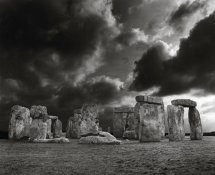Bosaiya
Member
I have been making a lot of exposures under difficult circumstances lately. The existing light is very low overall with patches of bright light (similar to theater lighting). Flash isn't an option so I've been doing my best under the conditions.
I scan the negatives in order to proof digitally, and when I view them both on the monitor and held to the light I can see that there is plenty of detail in the shadows, even though the shadows are still thin. I'm having a heck of a time getting my prints to show as much shadow detail as I'd like. I'm using a condensing enlarger and Kentmere VC paper, the combination works great for brighter scenes.
At Grade 2 the blacks and whites are muddy as expected.
At Grade 3 the blacks are okay but there's not much separation of hilights.
At Grade 4 the blacks are rich but the lights are barely visible.
Any ideas on ways to increase the contrast between the lights and darks to give better detail?
I scan the negatives in order to proof digitally, and when I view them both on the monitor and held to the light I can see that there is plenty of detail in the shadows, even though the shadows are still thin. I'm having a heck of a time getting my prints to show as much shadow detail as I'd like. I'm using a condensing enlarger and Kentmere VC paper, the combination works great for brighter scenes.
At Grade 2 the blacks and whites are muddy as expected.
At Grade 3 the blacks are okay but there's not much separation of hilights.
At Grade 4 the blacks are rich but the lights are barely visible.
Any ideas on ways to increase the contrast between the lights and darks to give better detail?














